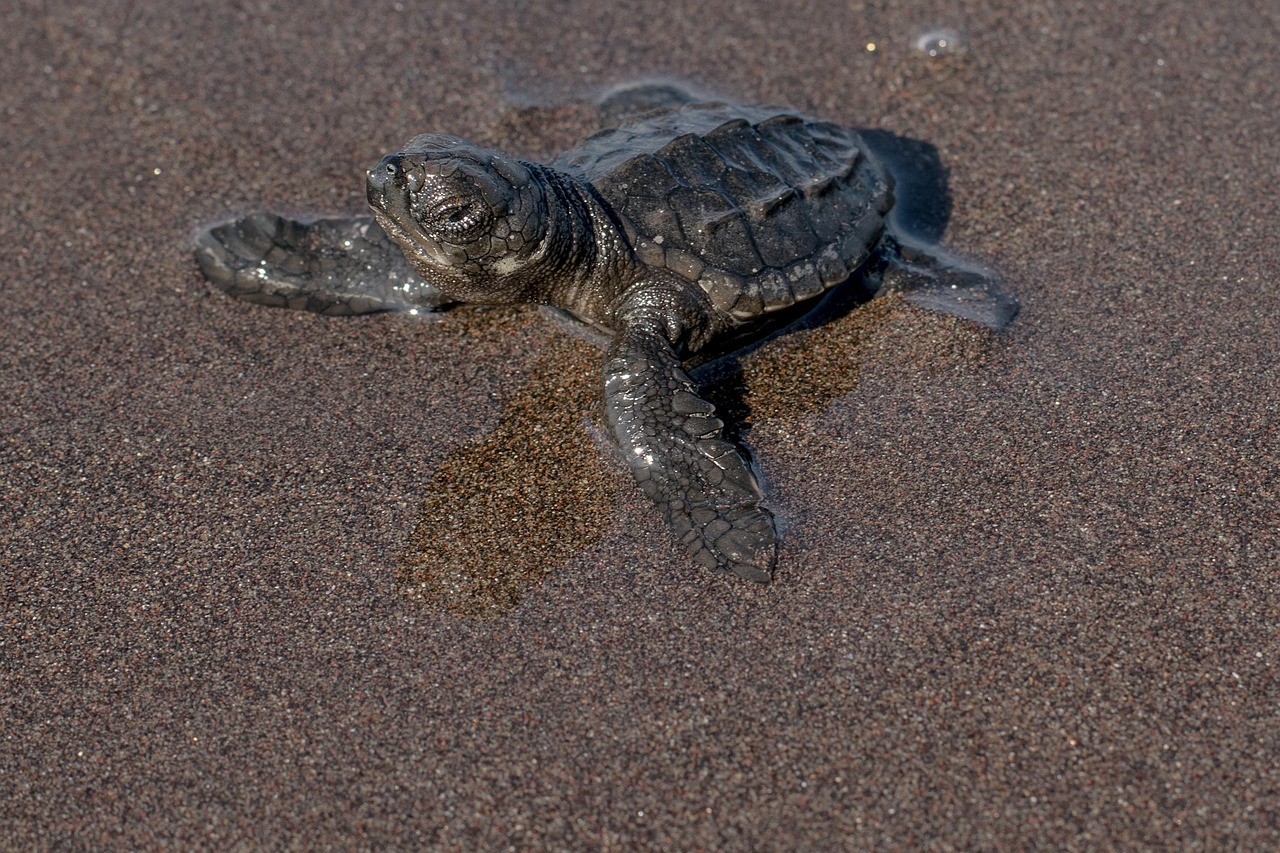Why Tulum is a Sanctuary for Endangered Jaguars
The Ecological Significance of Tulum
Tulum, located on the Caribbean coast of Mexico in the state of Quintana Roo, is not just renowned for its beautiful beaches and ancient ruins but also for its significant ecological attributes. The region is a part of the Mesoamerican biological corridor, which is crucial for wildlife conservation. This corridor serves as a vital linkage of habitat, allowing species such as the jaguar to roam freely across vast areas in search of food, mates, and shelter.
The combination of diverse ecosystems—including mangroves, tropical forests, and coastal wetlands—creates a richness of habitats necessary for the survival of the jaguar. These habitats provide essential resources such as prey, water, and safe corridors for movement. Healthy ecosystem management and preservation in Tulum directly impact the population dynamics of these endangered big cats.
Jaguar Habitat and Behavior
Jaguars (Panthera onca) are the largest cats in the Americas and are classified as near threatened on the International Union for Conservation of Nature (IUCN) Red List. Their survival is intricately tied to their habitat; they thrive in dense forests and wetlands that offer ample cover for hunting and breeding. Tulum’s varied landscape, which includes the Sian Ka’an Biosphere Reserve to the south, provides a perfect setting for these majestic creatures.
Behaviorally, jaguars are solitary and territorial animals. They require vast home ranges to accommodate their hunting needs. Males often roam over territories of up to 50 square miles, while females typically maintain a lesser range. The availability of prey, particularly peccaries, capybaras, and deer, makes Tulum an attractive locale for these large felids, enabling them to establish a stable home range.
Conservation Efforts in Tulum
Significant conservation efforts in Tulum focus on habitat preservation and restoration, critical for ensuring a sustainable environment for jaguars. Local organizations and government initiatives work hand-in-hand to protect these endangered species. Eco-tourism plays a vital role in funding conservation activities, promoting awareness, and fostering community involvement.
Efforts such as wildlife corridors are essential for mitigating the effects of agricultural expansion and urban development. By ensuring safe passages for jaguars, these corridors reduce human-wildlife conflict and encourage genetic diversity by allowing jaguars to interact and mate across different regions.
The Role of Local Communities
The engagement of local communities is paramount in Tulum’s conservation initiatives. Educating residents about the ecological value of jaguars and their role in the ecosystem has increased community buy-in for conservation efforts. Schools often incorporate environmental education programs, teaching young people the significance of preserving their local wildlife.
Additionally, traditional practices and knowledge of local communities contribute to conservation strategies. A prominent example is the use of natural barriers to protect crops from wild animals while benefiting the local jaguar population. This mutually beneficial approach fosters coexistence and minimizes conflicts between humans and jaguars.
Ecotourism and Sustainable Practices
Ecotourism tremendously impacts Tulum’s wildlife conservation efforts. Visitors are drawn to Tulum not only for its stunning beaches but also its biodiversity. Guided tours and responsible travel options provide opportunities for tourists to learn about jaguars, their habitats, and conservation strategies while contributing economically to local communities.
Sustainable practices in tourism, such as limiting the impact on natural habitats, promoting wildlife watching over hunting or disturbance, and encouraging the use of local guides, enhance awareness about the need to protect endangered species. This tourism model helps to fund conservation programs, creating a financial incentive to preserve the natural ecosystem that supports jaguars.
The Threats Facing Jaguars
Despite ongoing conservation efforts, jaguars in Tulum face numerous threats. Habitat loss due to agriculture, urbanization, and illegal logging poses significant risks to their populations. As human development expands, the natural areas that jaguars rely on are fragmented, making it difficult for them to find prey and mates.
Additionally, poaching remains a dire threat. Although jaguars are not primarily targeted for direct hunting, they often fall victim to traps set for other wildlife or are killed in retaliation for livestock predation. This human-wildlife conflict remains a challenge for conservationists aiming to secure a safe haven for these vulnerable cats.
Collaborative International Efforts
Efforts to conserve jaguars extend beyond Tulum and Mexico, involving collaboration among various countries across Central and South America. Organizations like Panthera and the Wildlife Conservation Society are actively engaged in transboundary initiatives to address the issue holistically. By creating larger conservation areas that encompass essential habitats across borders, these initiatives enhance connectivity for jaguars while promoting biodiversity conservation on a regional scale.
Research and Technology Utilization
Innovative research and technology are increasingly utilized to monitor jaguar populations and their habitats in Tulum. Camera traps, GPS collars, and drones enable scientists to gather crucial data on movement patterns, population density, and habitat use. This information is essential for adapting conservation strategies in real-time and ensuring that efforts in Tulum are effective and impactful.
The Cultural Significance of Jaguars
Jaguars hold a deeply embedded cultural significance in Mesoamerican societies, symbolizing power and the natural world’s majestic beauty. In Tulum, remnants of Mayan civilization demonstrate ancient reverence for these creatures. By promoting the cultural narrative surrounding jaguars, local conservation efforts can garner community support, foster pride, and encourage a generational commitment to their protection.
Final Thoughts
Tulum serves as a sanctuary for endangered jaguars due to its rich ecological environment, dedicated conservation efforts, and the collaboration of local communities and international organizations. The multifaceted approach to preserving this endangered species highlights the importance of community involvement, sustainable tourism, and ecological research. With continued efforts, education, and global collaboration, Tulum can maintain its status as a haven for these extraordinary big cats, ensuring that future generations will be able to witness their grace and grandeur in the wild.







